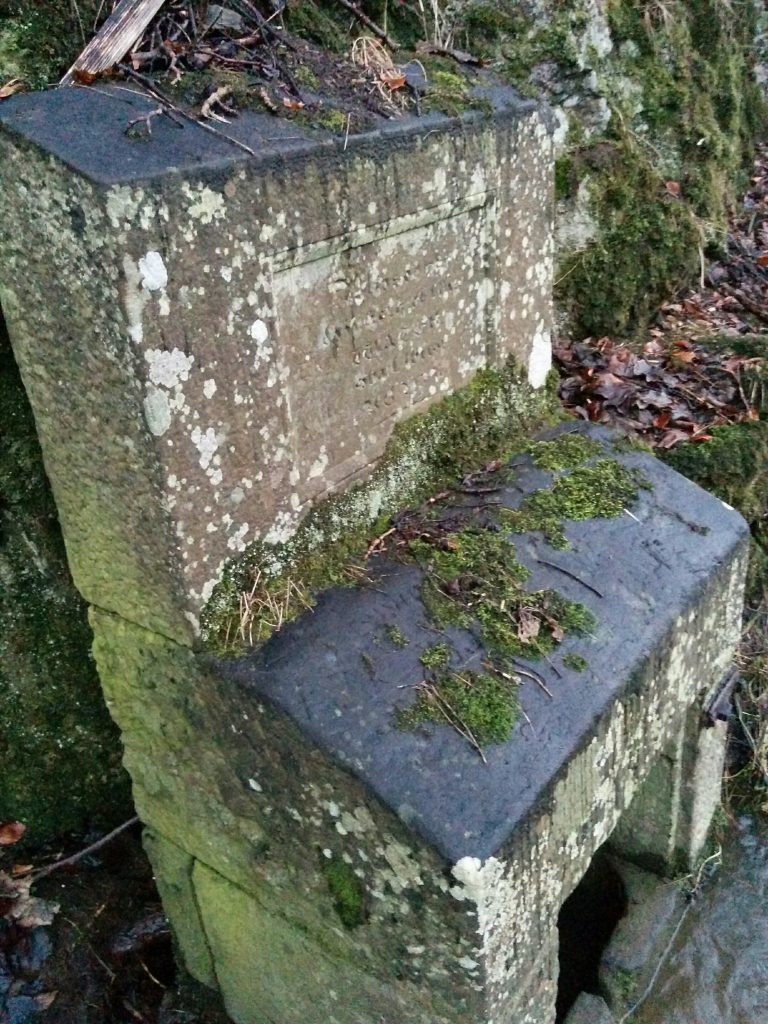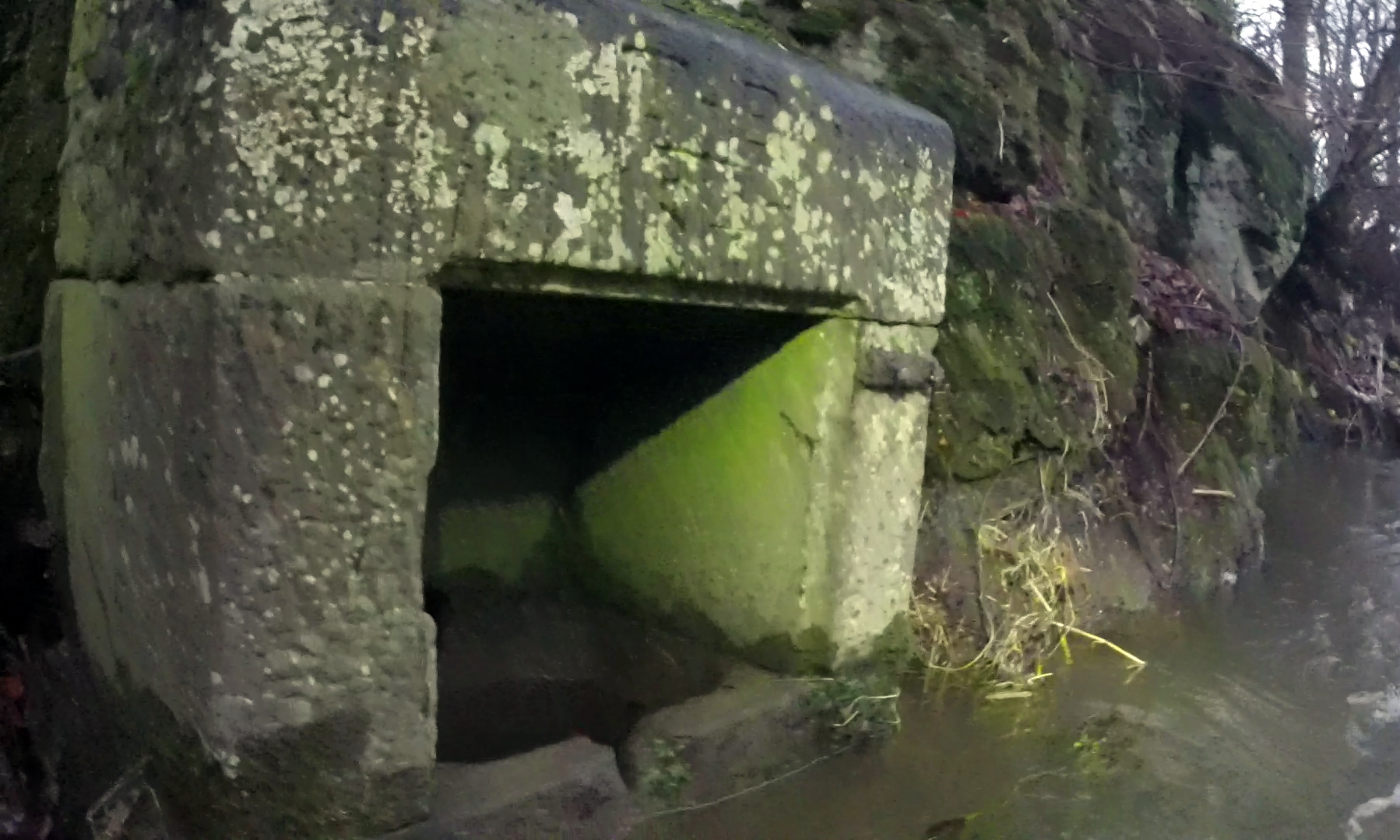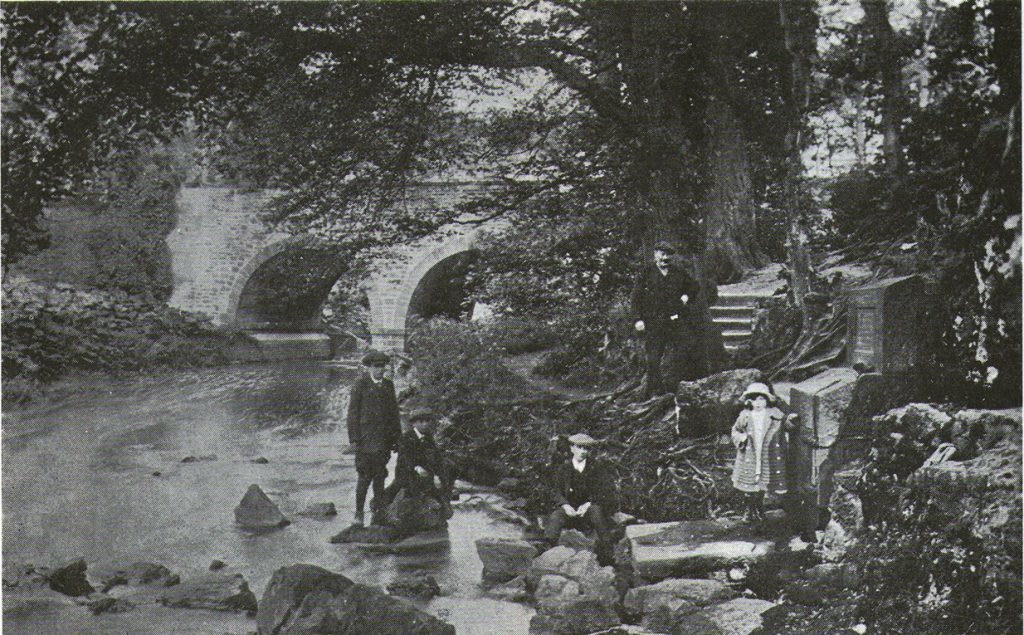Apart from the obvious attraction of our own Courier page, one of the few things keeping me on Facebook these days is being able to keep up with some of the great local history groups that use it to share photos and memories.
I’ve lived in various parts of Courier country over the years, and follow pages covering most of them.
However, Broughty Ferry and Monifieth are where I spent most time growing up — making the Old Broughty Group a particular favourite.
So when regular contributor Steve Comerford posted this fascinating picture of “The Wishing Well, Broughty Ferry” on Monday my attention was grabbed.
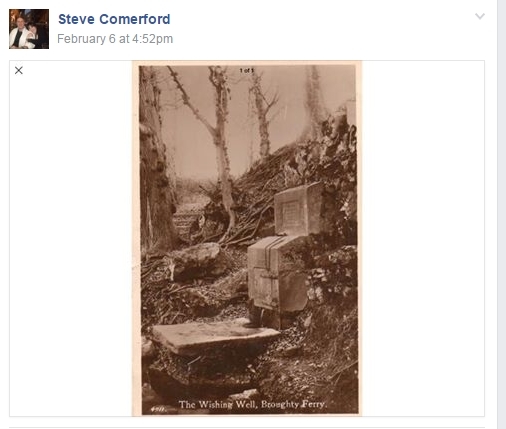
Delving into the comments, it was soon clear this historical curiosity was right on my home patch. I’ve probably passed within a few yards of its location almost every day in the last 20 years and never known of its existence.
But the burning question was: is it still there, and could I find it?
The search
The well was said to stand beside the Dighty just north of where the river flows under the (now widened) A92 between Monifieth and Broughty Ferry.
I pass by there every morning on my bike on the way to work, so it was easy to hop off and explore.
Old photos clearly show steps once led down to the well, but there was initially no sign of them. All I could see was a steep, leaf-covered slope, with an ominously full Dighty at the bottom.
So, I started to inch my way down, grabbing on to whatever branches I could reach and increasingly aware that one false step could have resulted in an unplanned early-morning swim.
However, I eventually stumbled across what remains of the steps — a promising sign that the well itself might also remain.
And, reaching the level of the water, it finally came into view: the feature variously known as the Holy Well of Balmossie, Cauld Water Wellie and the Cat Craig Well is indeed still there quietly waiting for its next visitor.
The well story
For a historical feature so close to the busy towns of Broughty Ferry and Monifieth, it seems relatively little is known about its earliest days.
Monifieth Local History Society reveals a Thomas Erskine in 1847 arranged the stonework we can still see today on the site of a medieval holy well.
The Northern Antiquarian makes mention of the well being nearby an ancient chapel, with the fascinating suggestion that people would leave offerings in the hope of good health or fortune.
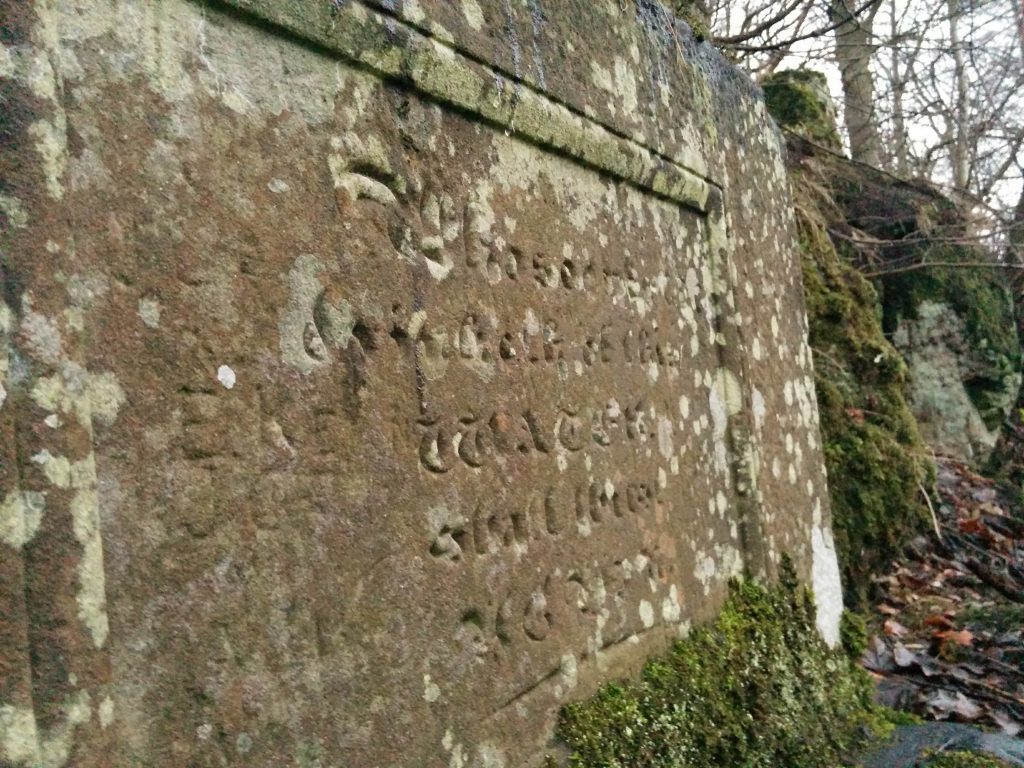
And while the decayed nature of the former route to the well means The Courier could not recommend that you visit, it seems that the effort was once worth it. The inscription on the stone reads:
“Whosoever drinketh of the water shall thirst again”.
You can read more about the holy wells of Britain, and the practice of leaving offerings, by clicking here.
